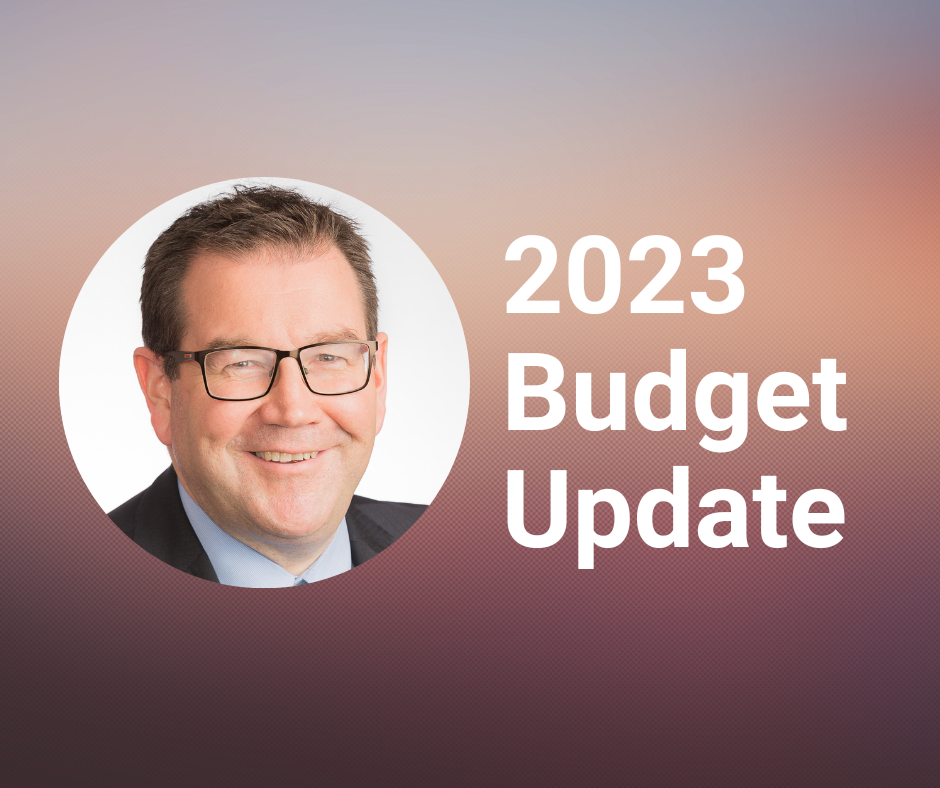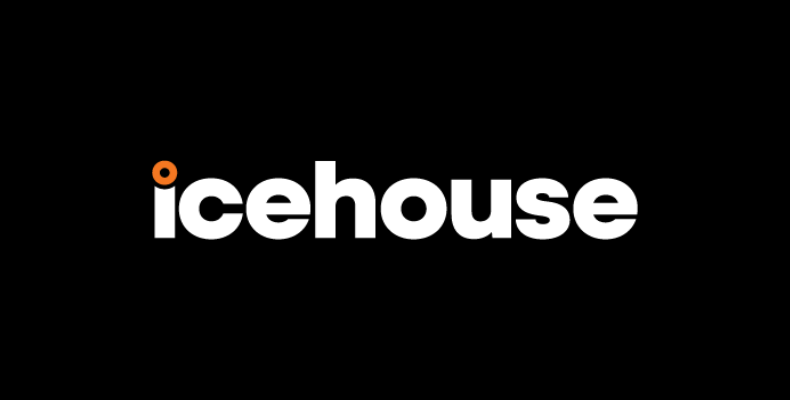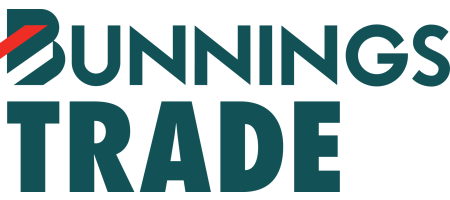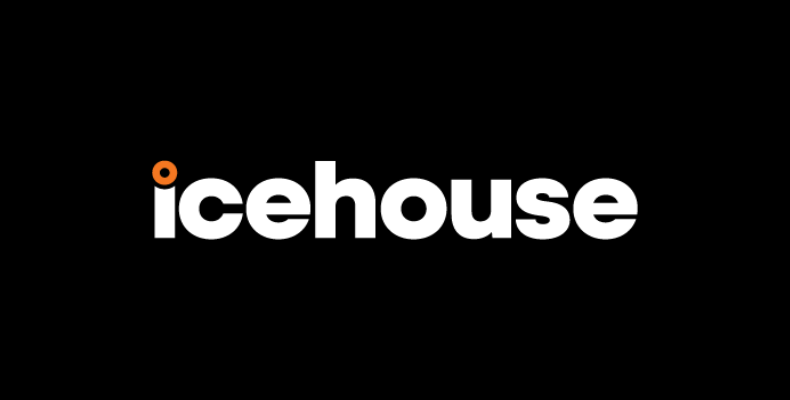
News
2023 Budget Update
There was not a lot in the budget for the cost of doing business for small to medium size businesses. The key takeaways for the Otago/Southern region include:
- Treasury is optimistic, with no prediction of a recession but some criteria still need to be met.
- The Apprenticeship Boost has been extended by another year and providing an additional $17m in funding, to the end of 2024.
- Investment in the gaming industry is welcomed and keeps New Zealand competitive with the likes of others offshore.
- Infrastructure investment pipeline - $71 billion which will assist in responding to the chronic infrastructure deficit.
- The Government has announced the creation of three multi-institute research hubs. It was disappointing to see no accelerated depreciation. It is believed the best way to make an impact in the science, research and innovation space would have been to allow interested parties to invest today.
You can also read Business South CE, Mike Collins' comments to the Otago Daily Times here.
See below for the details shared by our network partner, BusinessNZ.
1. BACKGROUND
Budget 2023, entitled Support for Today, Building for Tomorrow, was delivered against a backdrop of considerable uncertainty and ongoing risks both domestically and internationally.
The international economy is facing significant challenges with geopolitical tension still a major issue on a number of fronts. The ongoing Russian invasion of Ukraine, ongoing concerns with the collapse and bailout of a number of US banks, and continued inflationary pressures are adding to the cocktail of uncertainty facing international investors. World growth is expected to be modest over the next few years, despite the reopening of China after its draconian lockdowns in response to Covid-19.
On the domestic scene, inflationary pressures remain elevated with ongoing concerns with the ability to source both labour and materials in a timely fashion while households are starting to come under the pump as fixed term mortgages come up for renewal at significantly increased rates.
Regulatory policy remains a key concern with a number of proposals creating uncertainty, for example, issues surrounding climate change policy initiatives, while many other initiatives potentially will add to costs on businesses and households at a when some have labelled NZ as facing a cost-of-living-crisis.
The Government’s books continue to come under pressure both as a result of the long-term effects of Covid-related expenditures, the impacts from the North Island weather events earlier this year which the Treasury has estimated that the total damage could range between $9 billion and $14.5 billion, and a general loosening in fiscal policy over the last few years. Revenue growth is continuing slow as the economy continues to face headwinds.
Meanwhile a continuing blow-out in the Government’s current account deficit is a cause for concern given that the balance of payment, or current account essentially tracks whether NZ is paying its way in the world being measuring inflows and outflows of payments associated with imports, exports, investment and debt servicing.
High and persistent current account deficits are problematic for two main reasons. First, increased risk is likely to put NZ under scrutiny by international credit rating agencies which in turn could result in a general increase in the cost of credit to Government businesses and households. Second, the deficit will likely put further downward pressures on the NZ dollar, against our major competitors, which will certainly not be helpful in trying to contain tradables inflation.
Budget (and pre-Budget) 2023 announcements covered many diverse areas from increases in defence spending ($400m), increases in the NZ Green Investment Finance (NZGIF) to support reduced carbon emissions though to $1 billion expenditure to fund Cyclone Gabrielle recovery efforts ($275m for the repair of affected roads, $200m on affected rail networks, around $100 for practical flood protection infrastructure, along with repairs to damaged schools and cost of living support). 300 extra classroom and up to four new schools are also on the agenda to cater for increasing numbers of students.
It is disappointing, but perhaps not surprising given the Government’s books, that any real form of tax relief was not outlined or even signalled in the Budget. Given that inflation continues to eat away at disposable incomes, at least a signalling of inflation adjusting personal tax rate thresholds could have been expected. Maybe this is being saved for a pre-election sweetener later this year.
2. BUDGET 2023 ECONOMIC & FISCAL OUTLOOK
The Economic and Fiscal Outlook out to June 2027 provides somewhat mixed results for key indicators as outlined below.
Key Points
- Economic activity (GDP) is expected to drop to 1% in 2024, before recovering to 2.1% in 2025, then peaking again to 3.1% in 2026.
- Inflationary pressures are expected to further subside from 6.2% in 2023 to 3.3% in 2024. After that, inflation is forecast to drop lower each year from 2.6% in 2025 down to 2.1% in 2027.
- Unemployment is forecast to pick up pace from 3.7% in 2023 to 5.0% in 2024 and peak at 5.3% in 2025. After that, it is expected to remain just under the 5% threshold through 2026-2027.
- The current budget deficit (before gains and losses) is forecast to be $1.8 billion in both 2023 and 2024, but then dropping to $0.8 billion in 2025 and back into surplus of $0.1 billion in 2026.
- Core Crown tax revenue is forecast to continue growing from the 2023/24 year onwards, rising from $115.3 billion in 2023 through to $147.5 billion in 2027 • Core Crown expenses are forecast to generally increase at a fair pace and above core crown tax revenue, rising from $128.2 billion (32.5% of GDP) in 2023 through to $152.8 billion (31.5% of GDP) in 2027.
- Net Core Crown debt is forecast to increase significantly from $71.0 billion in 2023 to $91.2 billion in 2024, before relatively smaller increases for the two years after that. Only in 2027 is net core crown debt meant to decrease to $89.2 billion.
Despite extreme weather conditions (i.e. cyclone/flooding) having an impact earlier this year, the Government is now picking New Zealand will no longer be expected to face a mild recession as had been indicated in previous forecasts. Treasury now takes the view that due to the rebuild from the flooding and cyclone events increasing economic activity, along with stronger tourism, this will be enough to avoid recession. While on the face of it this is encouraging news, there are still significant risks to these forecasts being realised. As an example, the return to a budget surplus by 2025/26 is still wafer-thin and could easily see the deficit extend at least another year if projections were to differ on the downside. Only in 2027 does there appear to be a greater chance of the Government getting their books back in order so to speak.
3. GENERAL KEY INITIATIVES IN THE BUDGET
While Budget (and pre-Budget) 2023 announcements covered many diverse areas from increases in defence spending ($400m) through to increases in the NZ Green Investment Finance (NZGIF) to support reduced carbon emissions, the following outlines the key aspects of the 18 May Budget announcements, including those that the business community would have some level of interest in.
Cost of Living Support
One of key areas for the Government in the 2023 Budget announcements involve a focus on cost-of-living support, including:
- Extending 20 hours Early Childhood Education (ECE) to 2-year-olds - $1.2b
- Scrapping prescription co-payments - $619m
- Free public transport for children and half price fares for people under 25 - $327m
- KiwiSaver contributions for paid parental leave - $20m
- Cheaper energy bills through expanded Warmer Kiwi Homes Programme - $403m
Cyclone Response
On top of the $889m already provided in the immediate response to Cyclone Gabrielle, the Government has also announced:
- Infrastructure investment (reinstating road/rail and buildings) - $609m op + $195m cap
- Business and community support - $130m• Protecting communities (i.e. future flood resilience) - $120m
Infrastructure
The Government has announced two broad policies in the infrastructure space which are aimed at ‘Building for Tomorrow’:
- Infrastructure investment pipeline - $71 billion across next five years for new and existing infrastructure investments, in addition to funding set aside for projects that are still in the planning stage
- National Resilience Plan - $6 billion to support medium and long-term infrastructure investment. This programme will initially focus on ‘building back better’ from recent weather events
Science & Technology
The Government has announced four key policies in the science, digital and horticultural sectors:
- Supporting the growth of the gaming sector – Introduction of a 20% rebate for video game developers at a cost of $160m
- Investing in scientific research centres – creation of three multi-institution research hubs - $400m cap and $51m op
- NZ to join the European Union’s Horizon Europe Initiative for greater cross country collaboration - $38m
- Support for industry transformation - $75m additional funding for industry transformation plans, including: o $27m for a digital skills package to address skills shortages in tech sector workforceo $30m to scale up NZ’s horticulture technology industry to $18m to drive better career opportunities and working condition within the tourism and hospitality sectors
Climate Change Response
The Government has announced five key policies in the climate emergency response fund space:
- Electric vehicle charging infrastructure - $120m
- Accelerating private investment in lower emissions - $300m capital• Supporting community energy resilience - $50m
- Improving data on impacts of climate change - $45m
- Decarbonising hard-to-abate sectors - $32m
Tax
True to form, clear signals by the Government before the Budget of little to no headline tax changes that would equate to tax relief for New Zealanders would be introduced. Instead, the Government effectively did the opposite with a change in the trustee tax rate (currently at 33%) to align with the top personal tax rate (39%) from April 2024. This will raise around $350m additional revenue for the Government per year.
This change will mean a number of New Zealanders will now need to revisit both the costs and benefits of running a Trust. Rather than a broad-based low rate tax system that BusinessNZ has long supported, a change in the Trust rate to 39% sees New Zealand move further away from that.
One other aspect from a tax perspective to note for the future is the introduction of a Tax Principles Bill to legislate a reporting framework that will require officials to provide data on and access the performance of the tax system against a set of high-level principles. Of course, exactly what these principles will be and how they will be interpreted will be closely followed by the business community.
Education & Training
In addition to the early childhood announcements mentioned above, the Government will be extending the Apprenticeship Boost initiative to the end of 2024, at an expected cost of $77.1m, including new funding of $17.1m. It is estimated that the extension will enable around 30,000 apprentices to start or continue being supported.
The only other announcement of note is additional funding to support forecast tertiary enrolment, with the Tertiary Education Commission to fund 16,000 more full-time equivalent students in 2024 and 13,000 more in 2025 than previous fundings levels would have allowed.
4. OVERALL BUSINESSNZ THOUGHTS & REACTIONS
From BusinessNZ’s perspective, the current state of play for the economy that still includes considerable uncertainty means a clear and well thought through plan is required by the Government to ensure the country not only gets back on a path towards fiscal surplus, but seeks to lay the platform to build more opportunities for private sector growth.
The central focus around policies aimed at aspects of cost-of-living will be welcome by a proportion of the population. However, the benefits of these announcements will depend on each New Zealanders current living situation, so in that regard there is little in the way of announcements that assist the broadest number of New Zealanders.
There are some aspects of the announcements that BusinessNZ would generally support, with further funding towards infrastructure investments and the creation of scientific research centres being examples that looks towards the future. Also, there are announcements that are simply required due to external influences affecting certain regions of New Zealand.
Obviously, forecasts that show key measures of the New Zealand economy leading to the possibility of avoiding a recession is positive. However, in totality the 2023 Budget lacks an overall plan in which to ensure the country not only gets back on track as quickly as possible but seeks to compete with other countries for valuable resources. As pointed out above, perhaps some of the powder is being kept dry for election announcements further in the year. However, one would think action now rather than later would be the best course of action, not least to lift certainty for business.




























